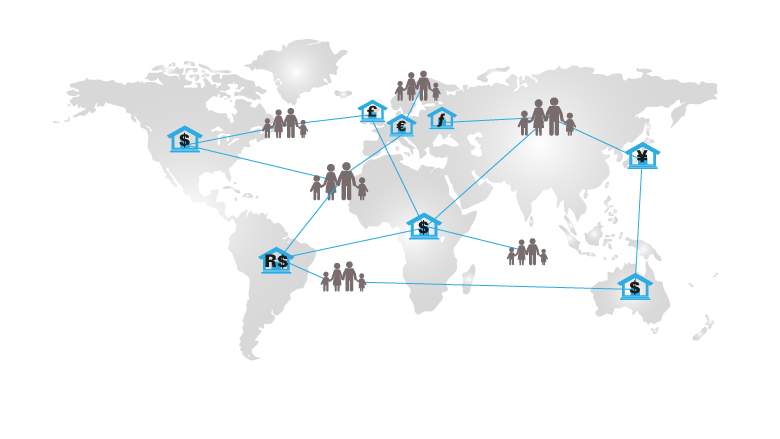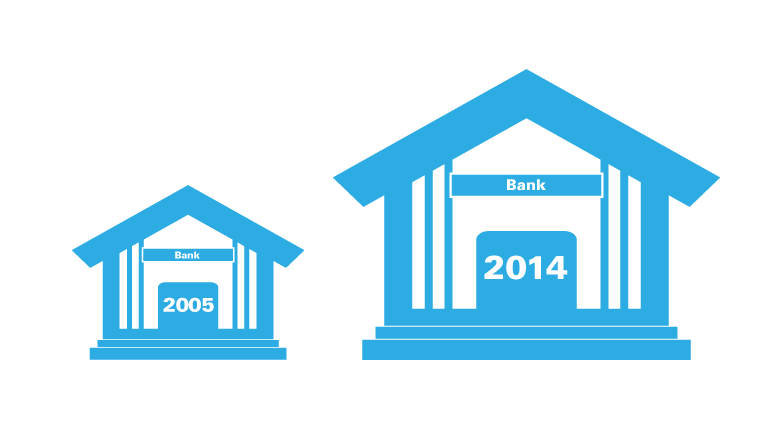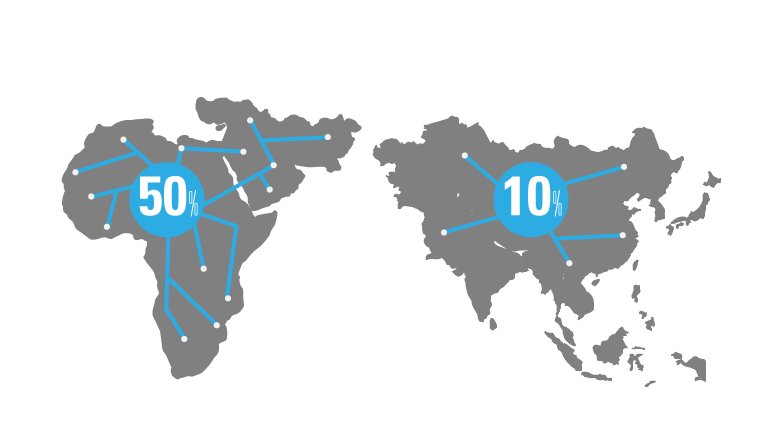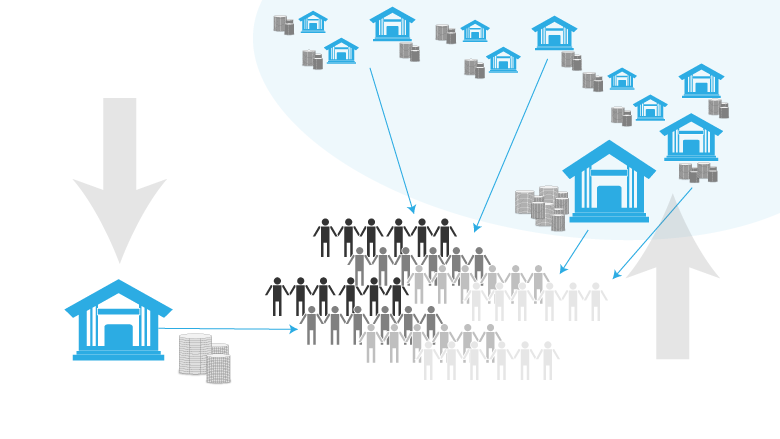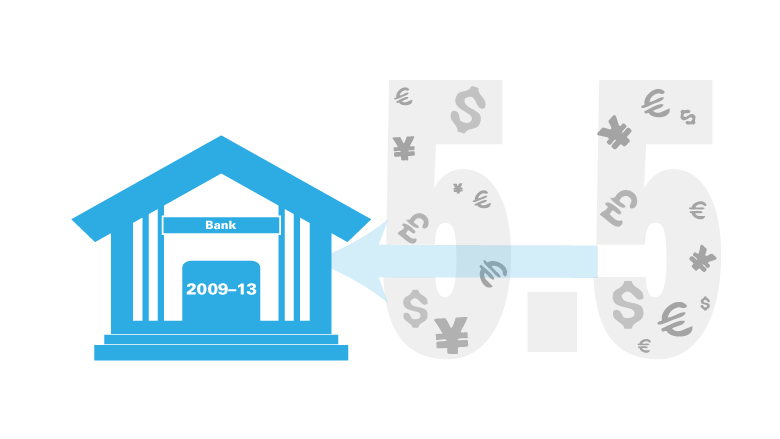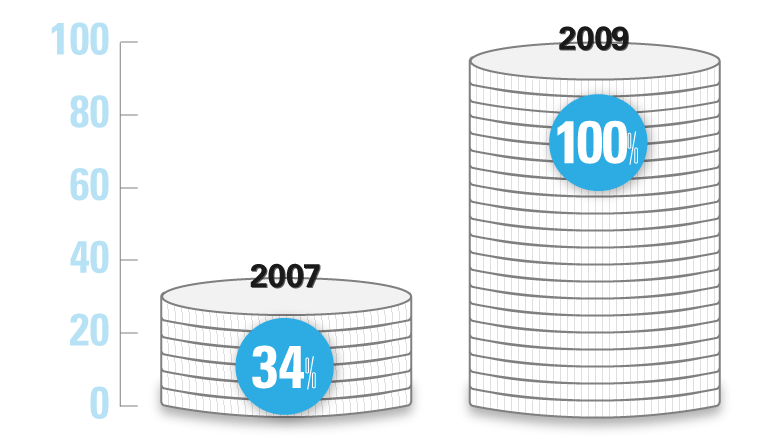Main Messages
- Following a decade of increased globalization, international banking suffered a setback after the global financial crisis.
- Remaining open is important for countries to continue to benefit from global flows of funds, knowledge, and opportunity.
- There is an important role for policy in maximizing the benefits and minimizing the costs of international banking.
- Encouraging the right type of foreign bank presence or forms of capital flows without causing distortions is challenging.
- Regulation and supervision of international banking is complex and should involve extensive cross-border coordination.
Read the complete messages in the Overview.
The World Bank report Bankers without Borders is not associated with the Grameen Foundation’s Bankers without Borders program, which engages volunteer consultants to donate their expertise to serve social enterprises and nonprofits in poor countries. For more information, visit: https://www.bankerswithoutborders.com.

